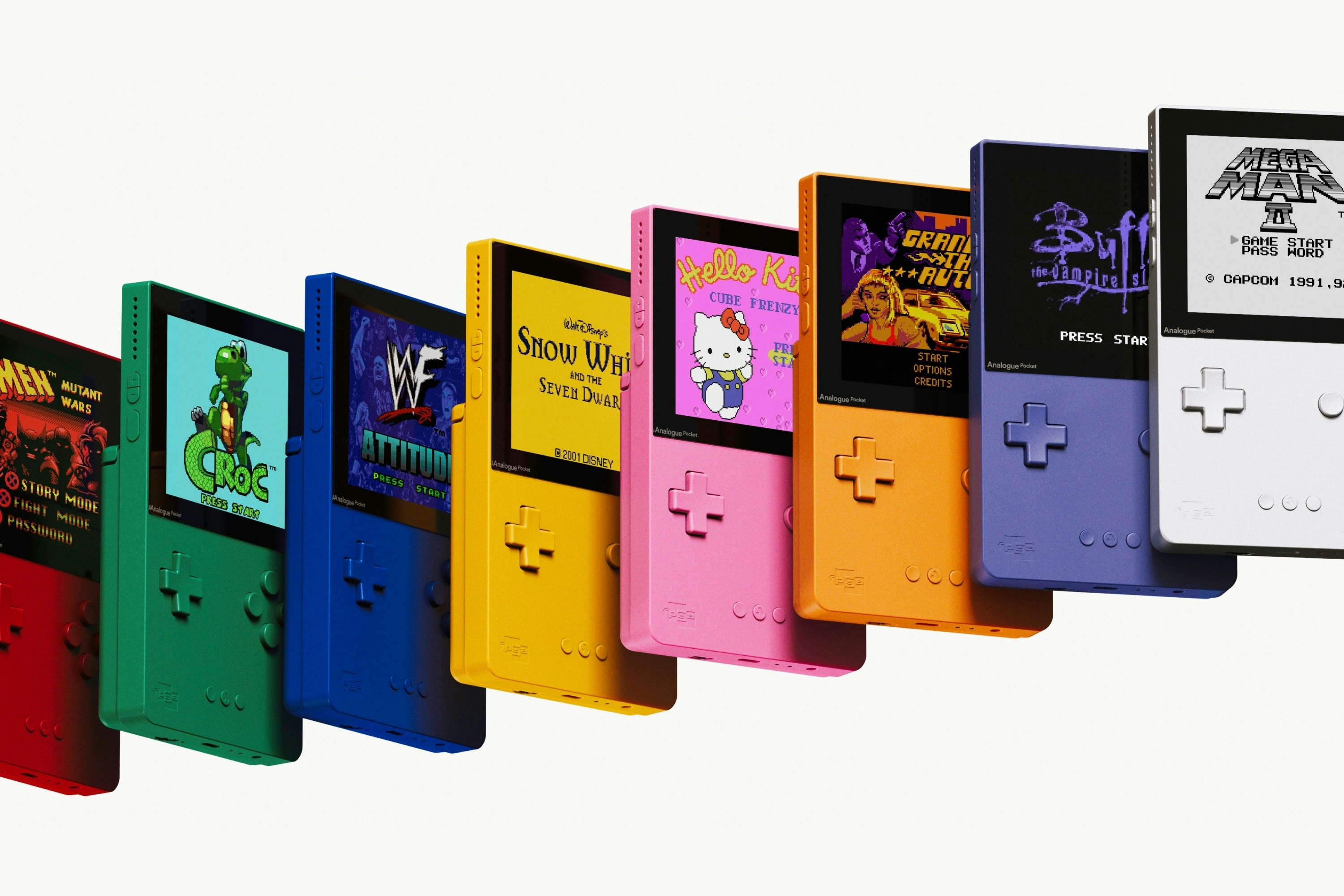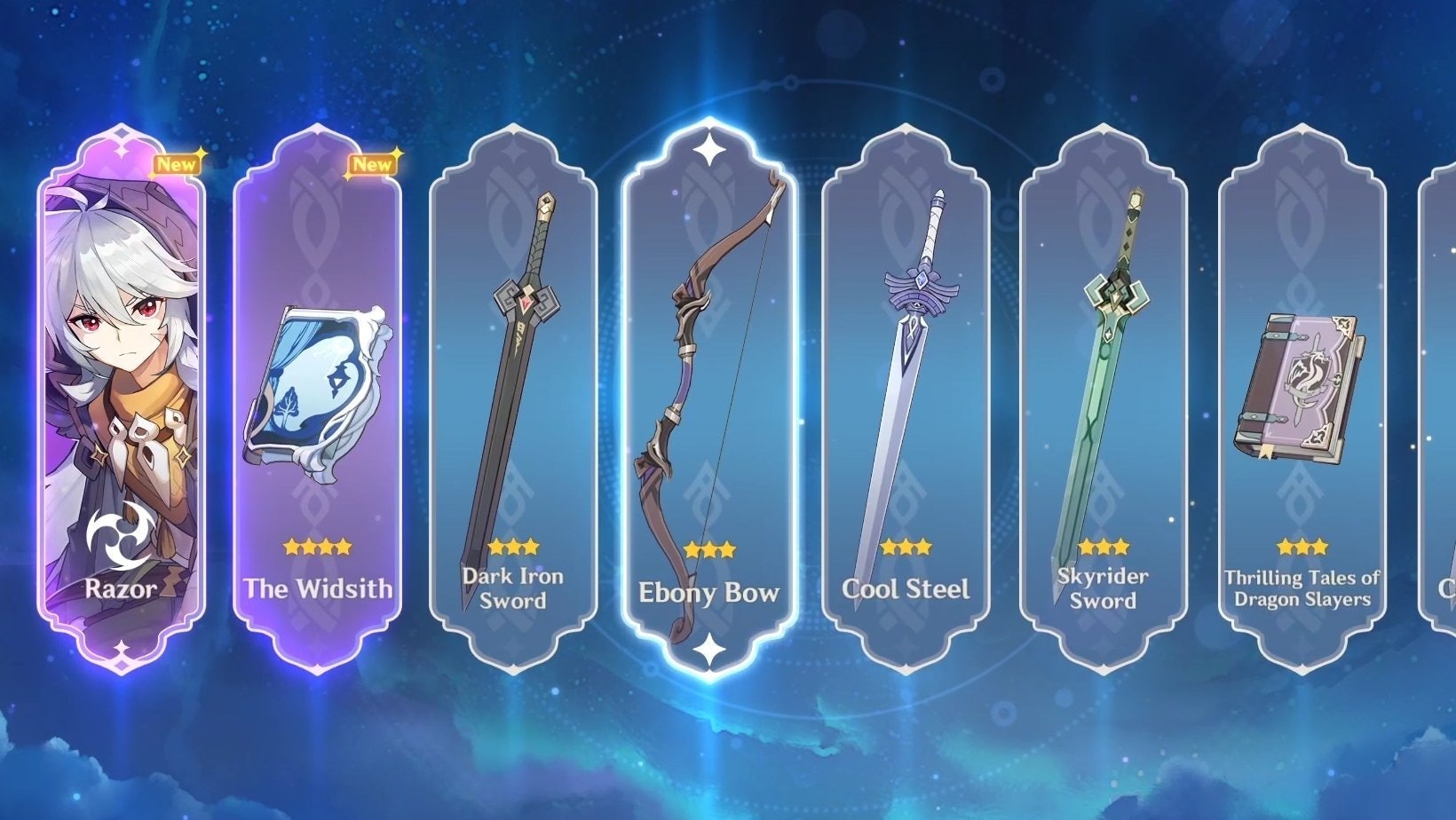
It feels like there are more Game Boys in 2023 than there ever were in the ‘90s or early 2000s. Whether it’s the now four collections of the Analogue Pocket (including the original black and white models), Ayaneo’s tease of a Pocket DMG handheld that evokes the shape of Nintendo’s classic handheld, or the countless Android-powered devices designed to emulate Game Boy and Game Boy Advance games, it’s safe to say the pocket game machine is still a large presence.
2022 might have been the year of the handheld but the Game Boy as an aesthetic goal and concept has continued to stick around because of both the power of nostalgia for the ways things used to be, and a frustration with the complex systems of in-app purchases that make up most of what mobile gaming is now.
Never Underestimate Millennials Buying Things

The original Game Boy came out in 1989, the Game Boy Pocket in ‘96, the Game Boy Color in ‘98, the Game Boy Advance in 2001, and multiple Game Boy Advance SPs in the years that followed. The Game Boy was so pervasive, so familiar, that a fondness for the Game Boy and Tetris is one of the few video game opinions that my dad, a man with no real interest in video games, and I share. If you didn’t own one, you probably knew someone who did.
Pokémon, one of Nintendo’s most popular franchises, started on the Game Boy. It shouldn’t be surprising then that people raised during the peak of Game Boy mania (basically anyone over the age of 25) would have a deep respect for the handheld at a minimum, and a desire to spend exorbitant amounts of money buying replicas or creating their own at a maximum.
With that in mind, devices like the Analogue Pocket make a ton of sense. Accurate emulation is one of Analogue’s primary concerns, and the openFPGA method that Analogue uses (essentially emulating the Game Boy and other consoles at the hardware level rather than with just software) is able to recreate the experience of playing a game using original cartridges, not just ROMs. It also looks good doing it.
The Definition of “Game” Has Fundamentally Changed

Besides the comfort of recognizable hardware, what amounts to mobile gaming in 2023 is very different than it was in the 1990s. It’s hard to find a popular mobile game on the App Store that isn’t free and attempting some alternate path towards making money, like in-app purchases for currency, battle passes, cosmetics, or blind boxes. Even if they’re not required to play these games, they add a scuzzy quality to playing them that just wasn’t possible or present on classic handhelds.
More than that though, software, particularly video games, has shifted from being something finite and product-like — you get what’s on the cartridge or disk and that’s it — to an ongoing service that requires regular maintenance and updates. In some ways, this is a good thing. Unintended, undiscovered, catastrophic bugs can be fixed after the fact, or new content can be added to keep players interested. But in other cases, it’s made the experience of playing a game a lot more like buying a cell phone or cutting through the mall to get to the movie theater — a series of upsells, pitches, and deals that distract from what you’re actually supposed to be doing.
It produces a glut of material that’s not only hard to keep track of — we monitor changes to games like Honkai Star Rail and Fortnite professionally here at Inverse — but hard to consistently enjoy. Part of the draw to classic handhelds like the Game Boy and others like it is the ability to play without ever having to be confronted with any of that complexity.
There’s Nothing Wrong With Doing Less
So yes, there’s nostalgia for the game console of our youth, but that nostalgia could very well be driven by more than just the look and feel of the Game Boy family, and instead the different relationship to consoles and games that they offered.
The Game Boy doesn’t do anything without a game cartridge in it and therefore basically becomes whatever game you put in it. There’s nothing to make it more complicated and no updates needed. It’s more of an object than the full-fledged computers that consoles are now. It’s really a collectible if you’re not regularly playing, which I imagine is how many people who throw down nearly $300 for a special edition Analogue Pocket will be treating their lovingly recreated Game Boy. And that’s fine.
Deep down, I think it’s about time we returned to single-purpose devices like the Game Boy. The iPhone established the notion that devices should be a Swiss Army Knife, which was great in the early days. But 16 years after the iPhone launched and changed everything, the clunkiness of microtransactions in apps and games, combined with the overload of notifications and social media, now has us rejecting the do-everything gadget.
It also helps that there’s a massive community of hobbyists repairing and modding Game Boys (and Nintendo DS handhelds into new vertical and horizontal Game Boys) with modern features like bigger and higher-resolution LCD screens, rechargeable batteries, USB-C, better speakers, and more. Folks like Christopher Graves (@thegameboycameraman on Instagram), known for his Game Boy Camera photography and recent Game Boy Mini Camera, and YouTubers like Elliot Coll aren’t just reminisicing about Nintendo’s old handhelds, they’re breathing new life into them with their hacked creations.







